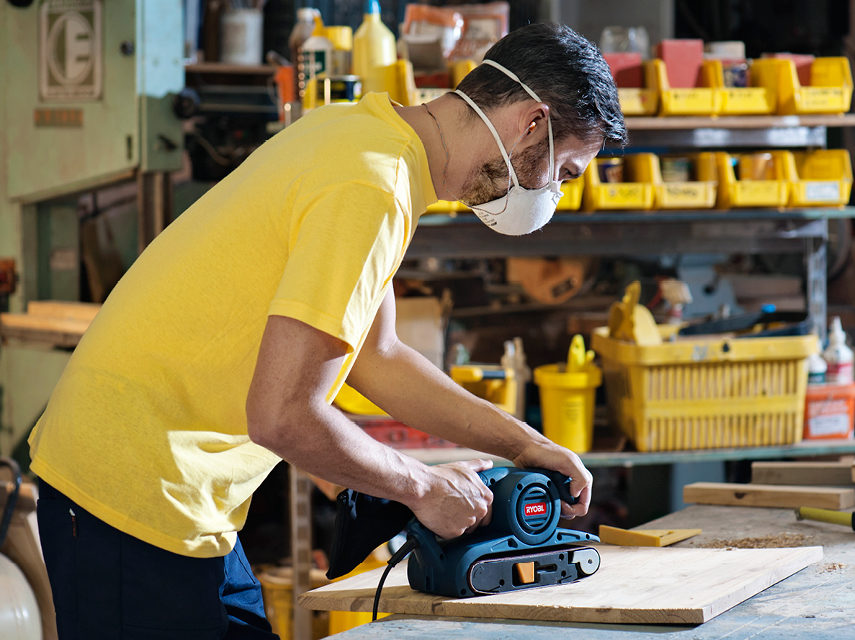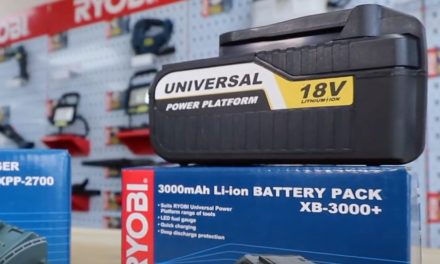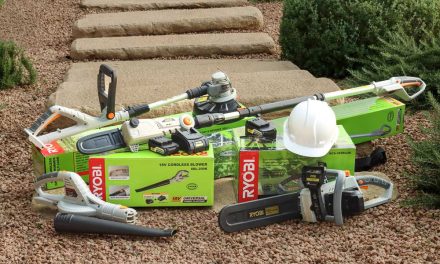Electric sanders take some of the pain out of that all-important step – finishing the job right, helping you to sand quickly, easily and with a smooth finish.
You have: Moderately rough surfaces… not necessarily uneven.
You need: Orbital sander
What it does: An orbital sander is a moderate sander for smoothing and finishing. It has a rectangular pad that oscillates in a small oval pattern. The shape of the pad allows you to get into corners, which you can’t do with a round pad. Orbital sanders are usually quite small and light, so strictly for finishing, but the plus side is there’s almost no risk of accidental damage to the wood you’re working on.
Cons: They’re small, so not much good for heavy-duty work or removing paint or varnish. And if you stay in one spot too long, the repeat pattern can leave swirl marks or scratches.
You have: Flat surface, large area, uneven or very rough finish. Or you want to remove paint or varnish.
You need: Belt sander
What it does: This is a heavy-duty machine with a loop or belt of sandpaper. Always sand with, not against, the grain of the wood.
Cons: If you’re not careful, you can damage the wood. A belt sander is strictly for rough sanding. Start with a belt sander, and then, once you have an even surface, progress to a finishing sander.
You have: A range of things you want to do.
You need: Random orbit sander
What it does: The most versatile option. Quite different from an orbital sander, the random orbit sander has a round disc pad. The pad spins and moves in an elliptical pattern at the same time. The spinning action takes off material quite fast, but the fact that it oscillates means no grain of grit on your sandpaper follows the same path twice, so it creates a smooth, scratch-free finish. You don’t have to worry about swirl marks or grain direction.
Cons: You’ll probably still need to do some finishing afterwards if you want a really smooth finish. And if you have heavy-duty work or lots of paint to remove, it’s not as effective as a belt sander.
You have: Corners, fiddly details, mouldings
You need: Detail/multi sander
What it does: With its interchangeable attachments with various shapes and pointed ends, you can get into all sorts of hard-to-reach areas and odd-shaped corners and nooks using a detail sander. It’s pretty versatile, so with a more general attachment, can be used to smooth out slightly larger surfaces.
Cons: As the name suggests, a detail sander is small and specialised, so not good for really large areas, or rough or painted surfaces.
How to choose sandpaper
The larger the number on the back of the sheet of sandpaper, the finer the grit. That’s because the number represents grains per square inch. The bigger they are, the fewer fit onto the space. For a really rough and uneven surface, you’ll start with a 60 or 80 grit, and work incrementally towards a finer grit: 100, 120, 150 and 180, and finally 220. Don’t be tempted to skip a step to get ahead faster!











